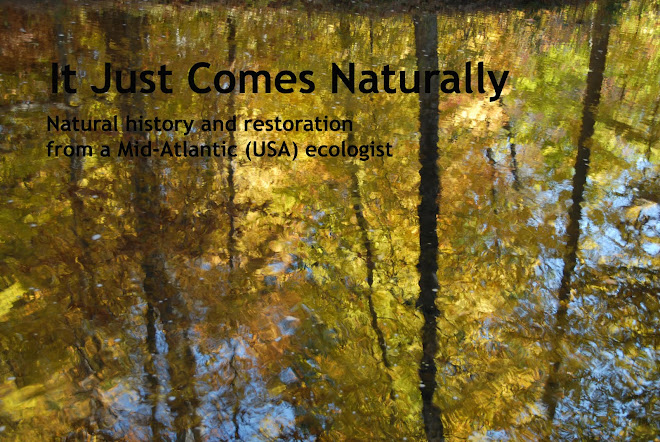Kali and I spent eight days on vacation in the Hudson River valley last week. Despite precipitation every single day (and sometimes all day), we had a good trip overall.
One of our stops was Constitution Marsh, an Audubon Important Bird Area on the east bank of the Hudson just south of the town of Cold Spring in Putnam County, about 35 miles north of New York City.
Constitution Marsh is a haven for waterfowl and shorebirds. The marsh developed naturally in a shallow oxbow-like channel of the Hudson between Constitution Island (just off West Point, and actually part of the West Point military academy's landholdings) and the eastern bank of the river. In the early 1800s, an agricultural entrepreneur developed ill-fated plans to grow wild rice commercially in the marsh, and later in the century the New York Central Railroad routed a rail line along the western side of the marsh, connecting Constitution Island to the mainland and, in so doing, cutting off much of the tidal flow to the marsh. Nevertheless, the marsh has survived and even thrived, providing much needed habitat.
The Audubon Society maintains a visitor center on the mainland, but the real attraction of the site is a boardwalk extending out into the marsh (and guided canoe trips offered in the summer). Unfortunately when we visited, we arrived at high tide, a time when most shore birds retreat to the wooded uplands surrounding the marsh and we saw nothing more than a few Red-winged Blackbirds, which I can see in my back yard. In addition, the boardwalk is so close to high tide level that we couldn't access all parts of the boardwalk complex because parts were inundated.
The naturalist at the visitor center directed us to look for a pair of Bald Eagles nesting a half-mile downriver, and we did see the pair circling above and then entering their nest. In addition, I photographed a tuliptree snag whose ancient roots had grown up around a boulder on the trail leading out to the boardwalk.







